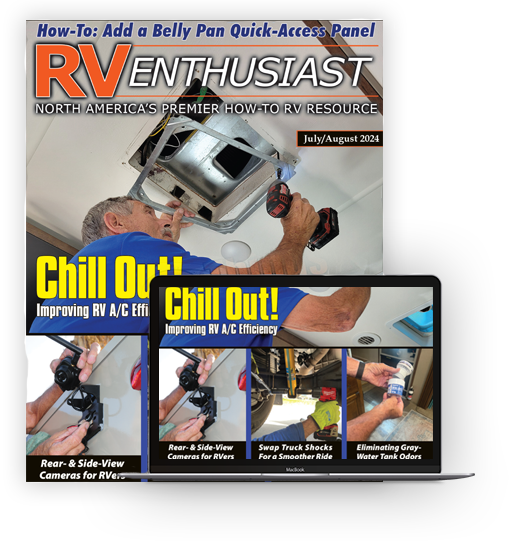Aesthetically Speaking
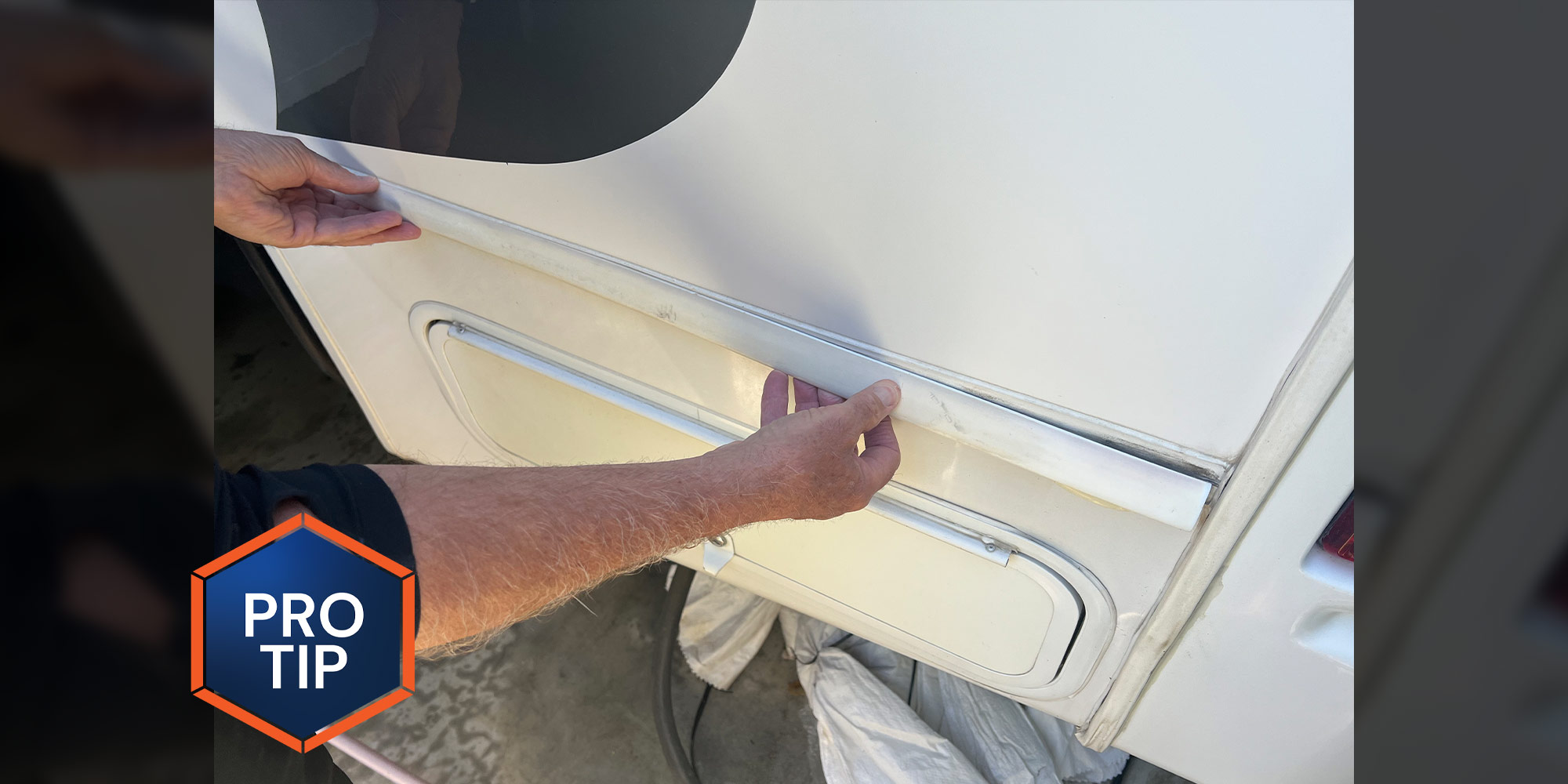
When the trim molding that conceals the transition between the sidewall and lower section of a fifth wheel started peeling off, it was time to search for replacement material. While it’s possible to find various styles of trim molding, the people who sell this material are very proud of their prices — like, $10 a foot proud. Realizing that the molding was in relatively good shape (only discolored and losing the stickiness of the foam tape), the owner of this 14-year-old Teton fifth wheel made the decision to restore the finish and re-stick the molding to the sidewall.
At first, I chuckled at the owner’s thriftiness, but he’s retired and has a lot of time on his hands, so restoring the finish just meant more time to drink beer throughout the project. A rattle can (spray paint to car buffs and graffiti “artists”) of white paint, some fine-grit sandpaper, a few feet of double-sided acrylic foam 3M VHB tape and a tube of white silicone were acquired at a local home improvement store and on Amazon, and the project was on its way.
The first step was to remove the remaining molding that was still stuck to the sidewall. The foam tape and silicone sealer were then scraped off the back side of the molding to make way for sanding; we also cleaned off the wall. Using 220 fine-grit sandpaper, the entire surface of the molding was roughed up to make sure the paint would stick and cure. From there the surface was cleaned with alcohol, sprayed with the paint and allowed to dry. The sanding was a little tedious and will take more time on longer sections of molding.
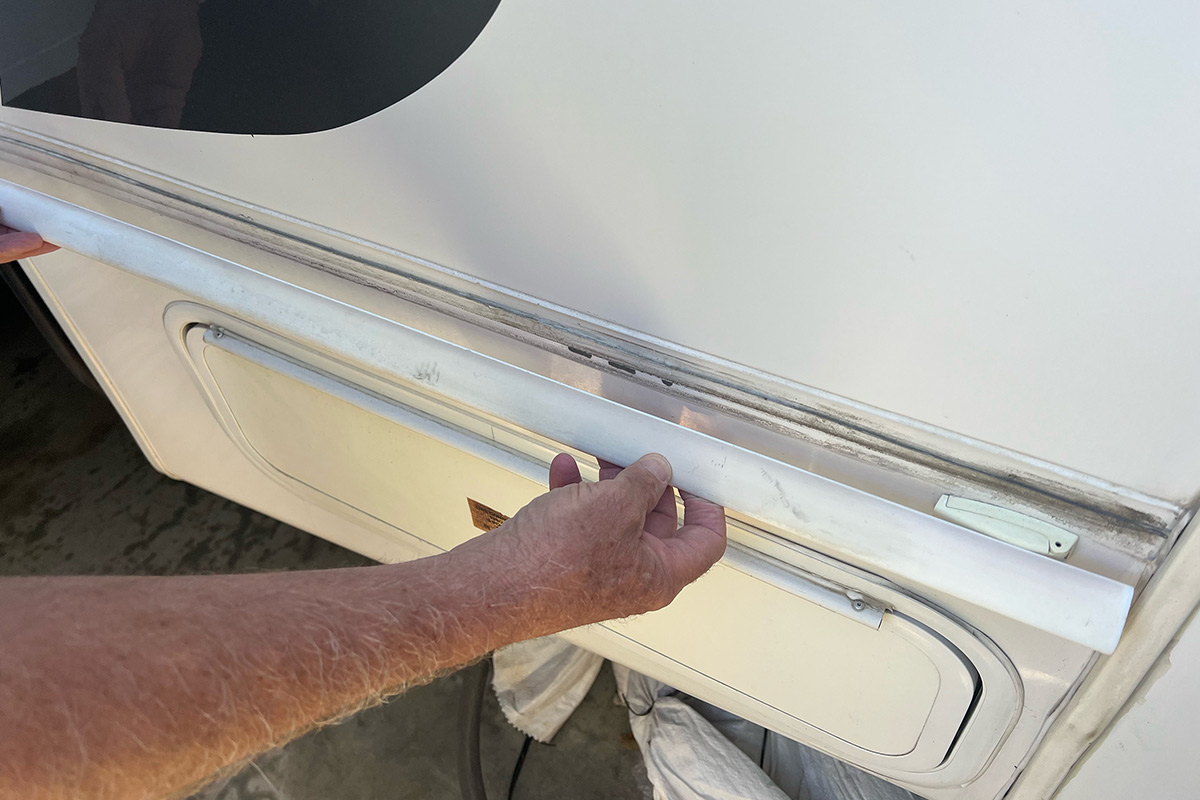
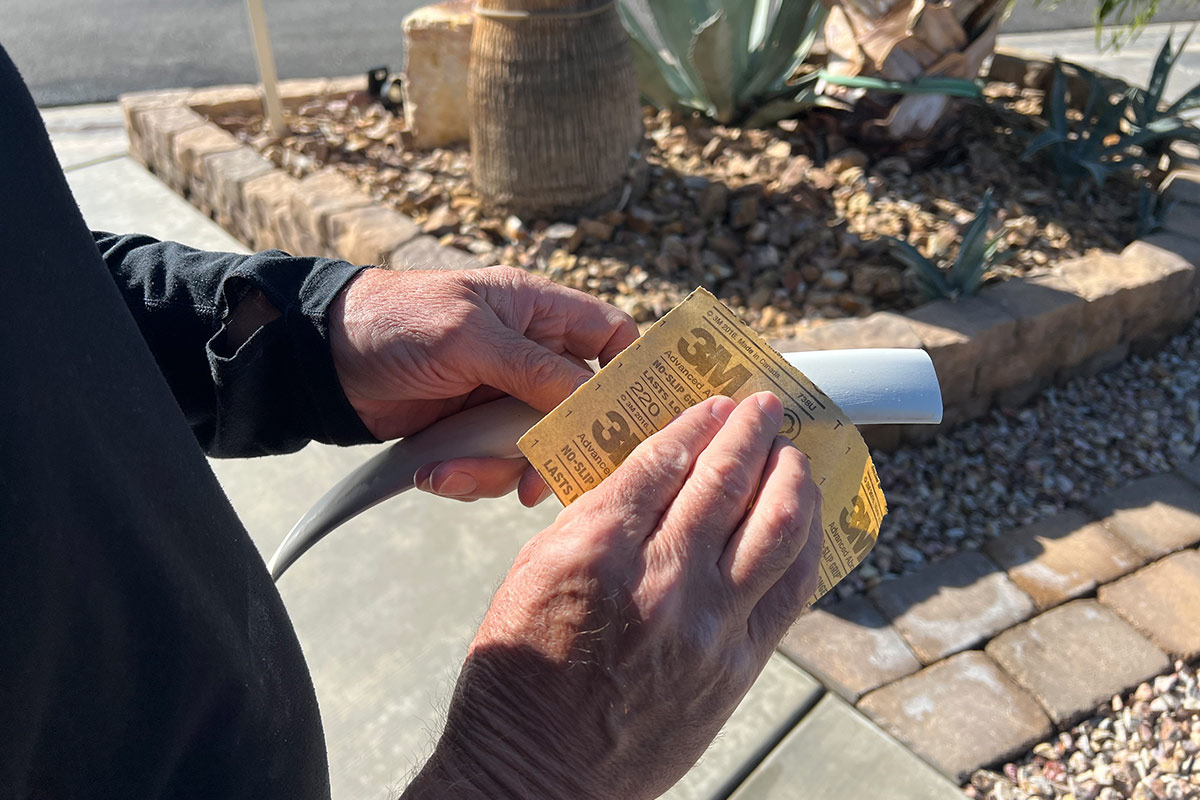
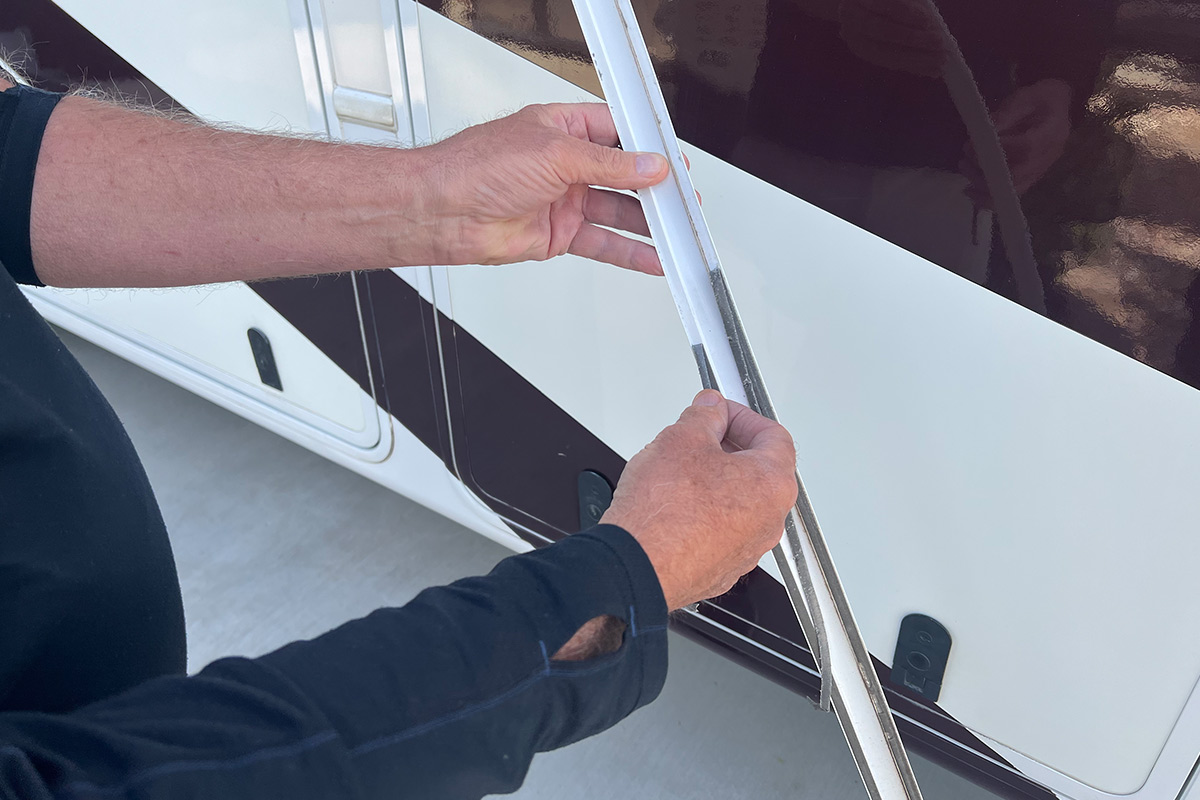
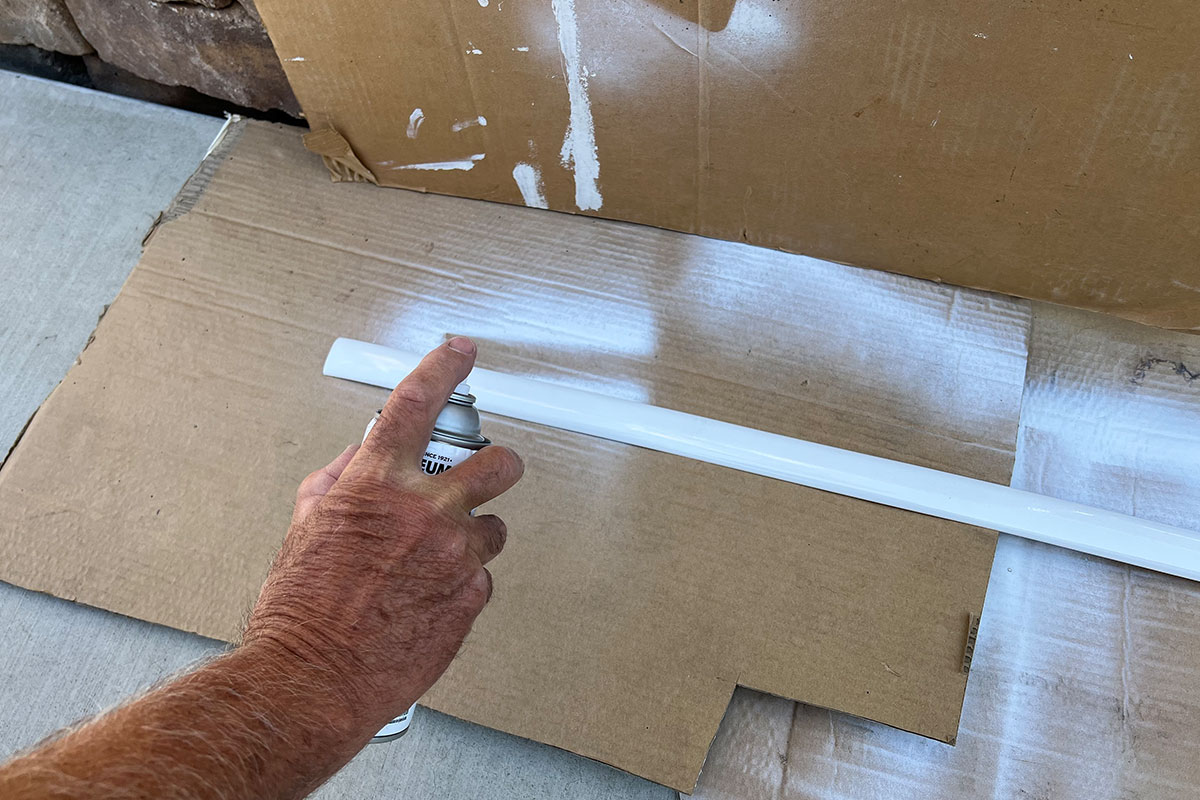
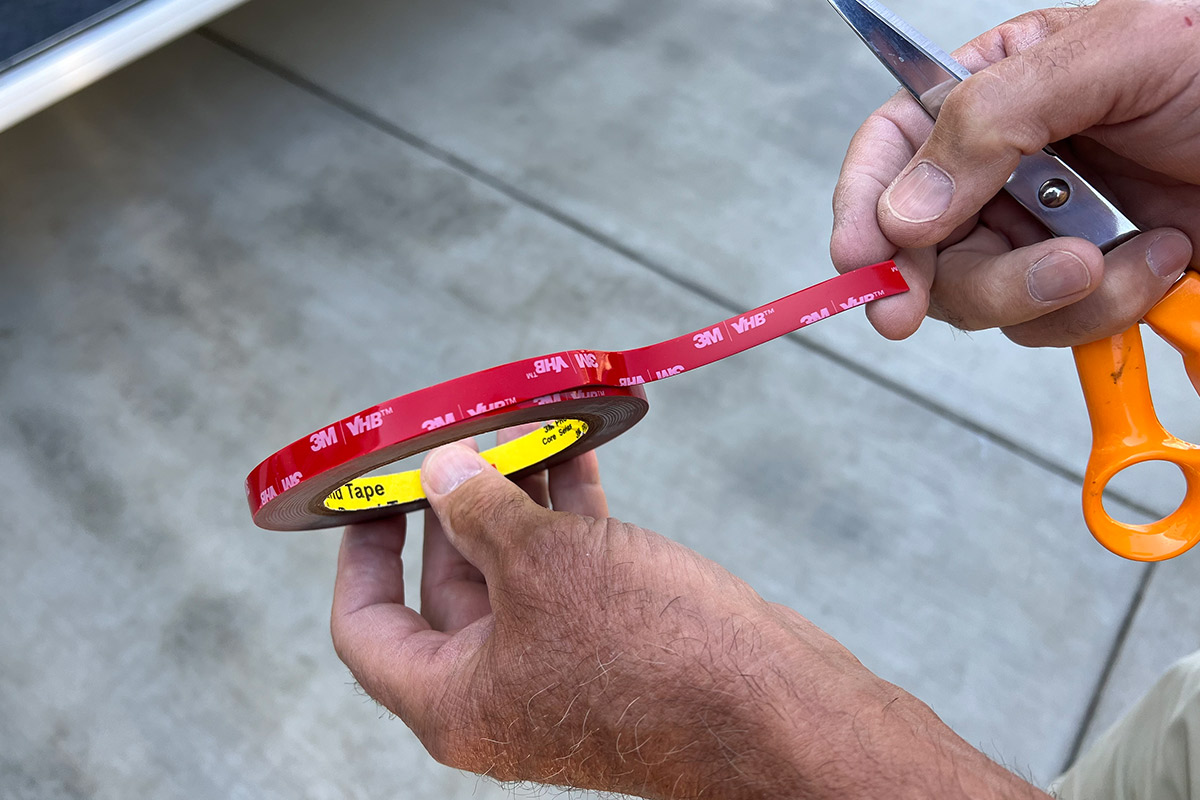
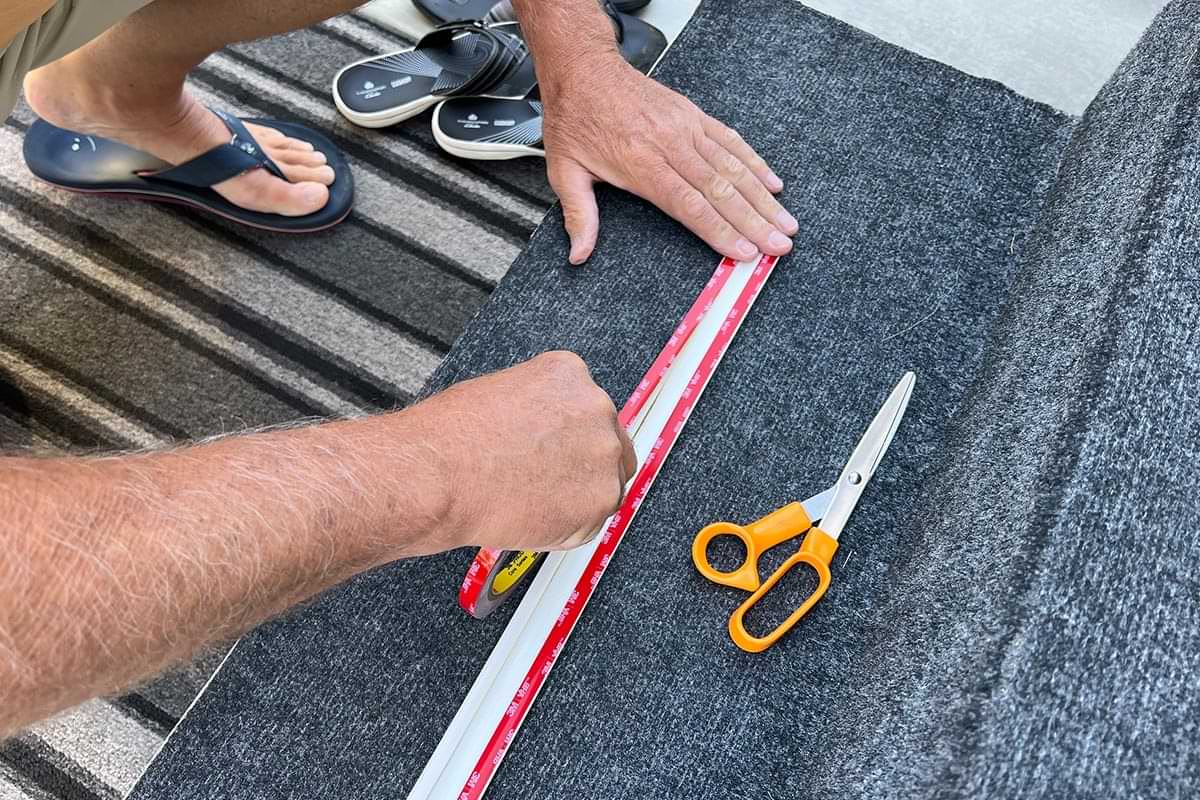
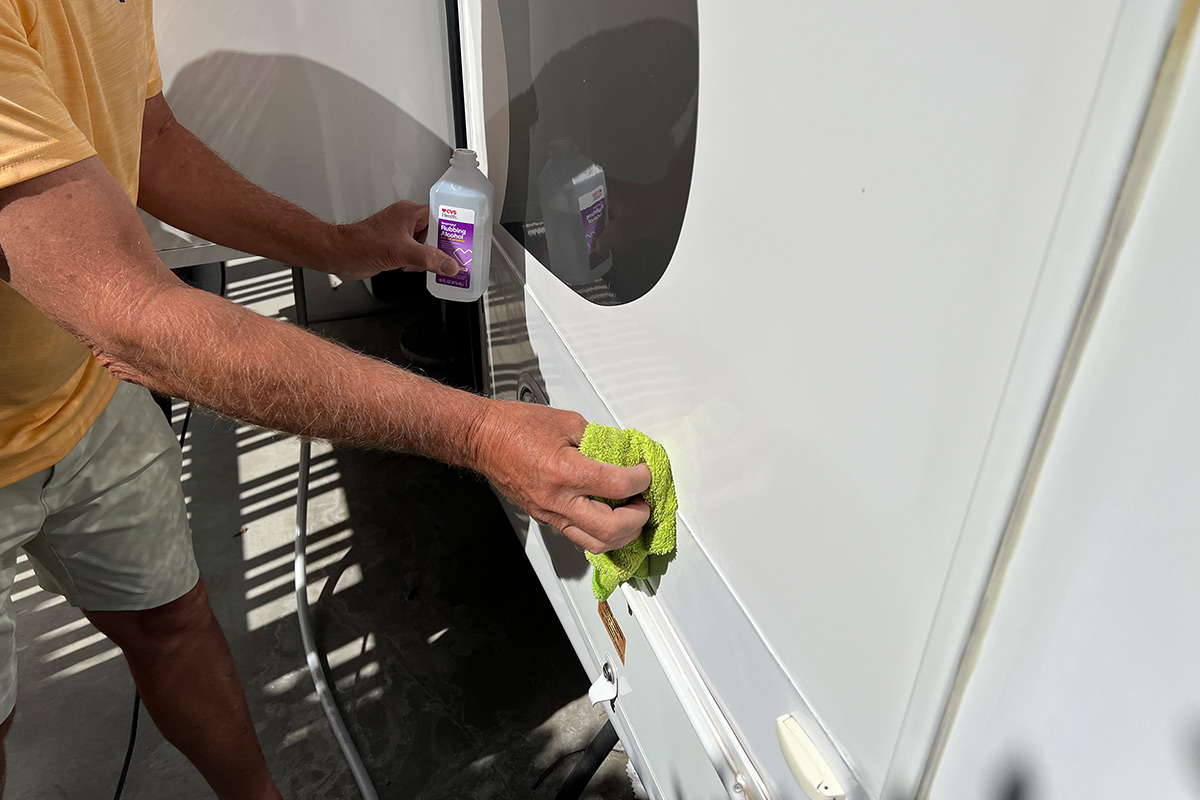

Sometimes, a little extra effort — as crazy as some projects seem — can go a long way toward restoring aesthetics.
Already a Subscriber? Click here for Access to the Full Issues.

